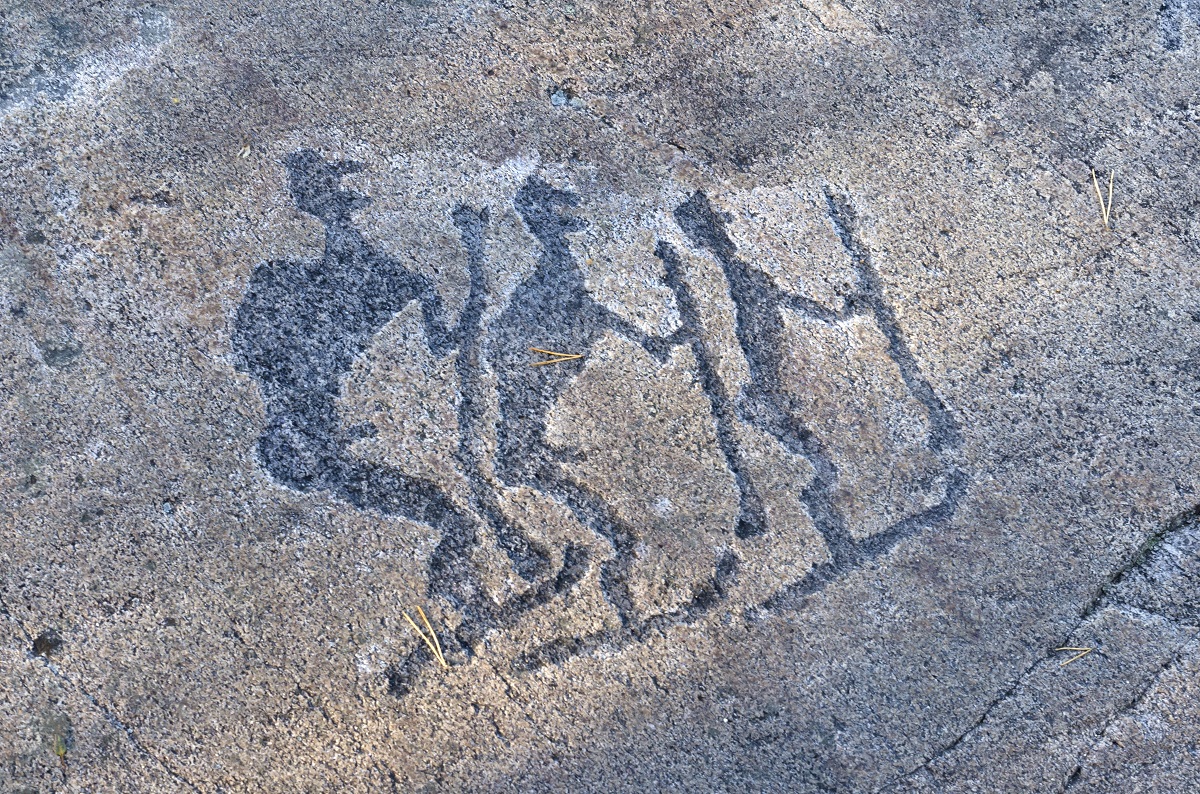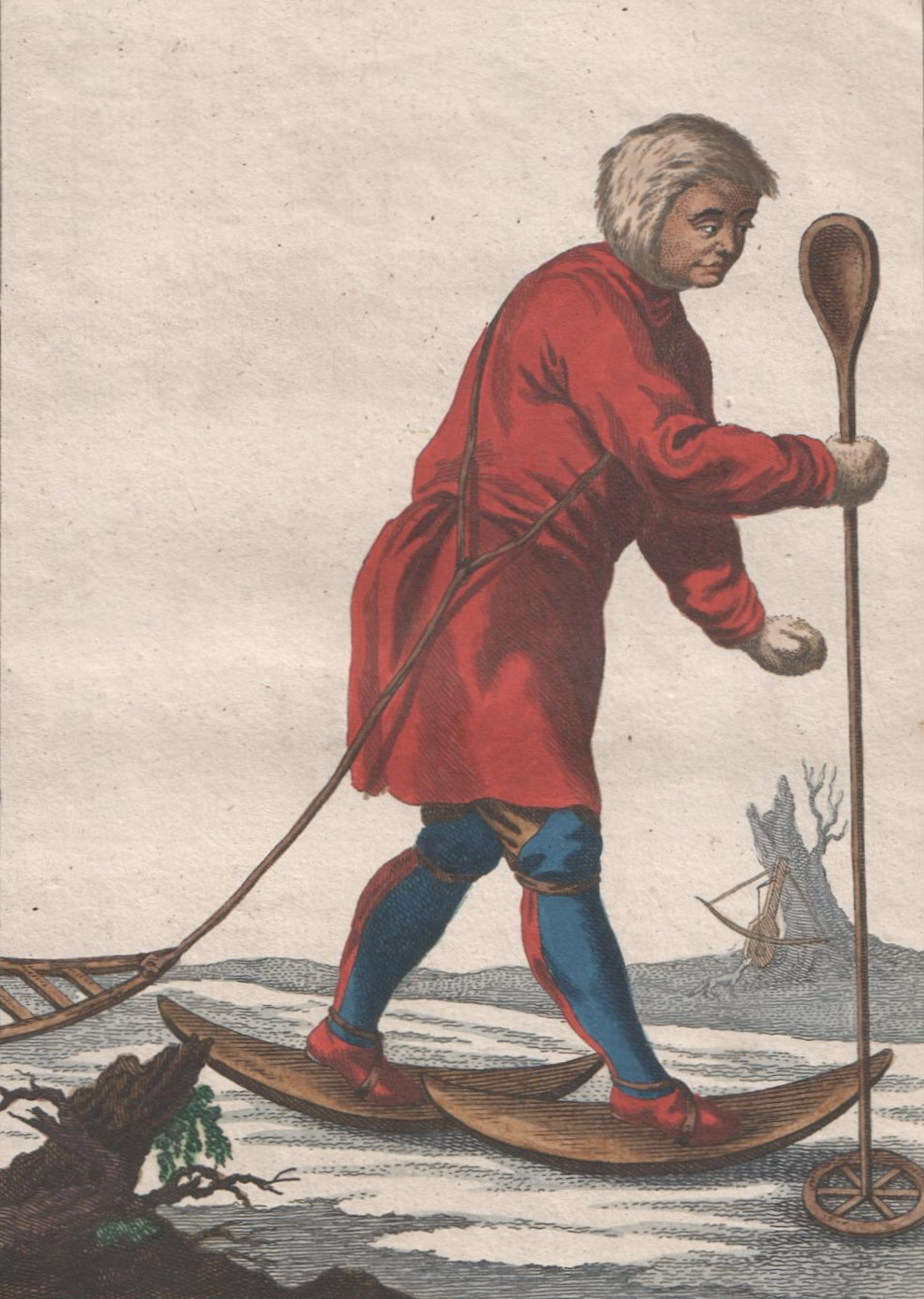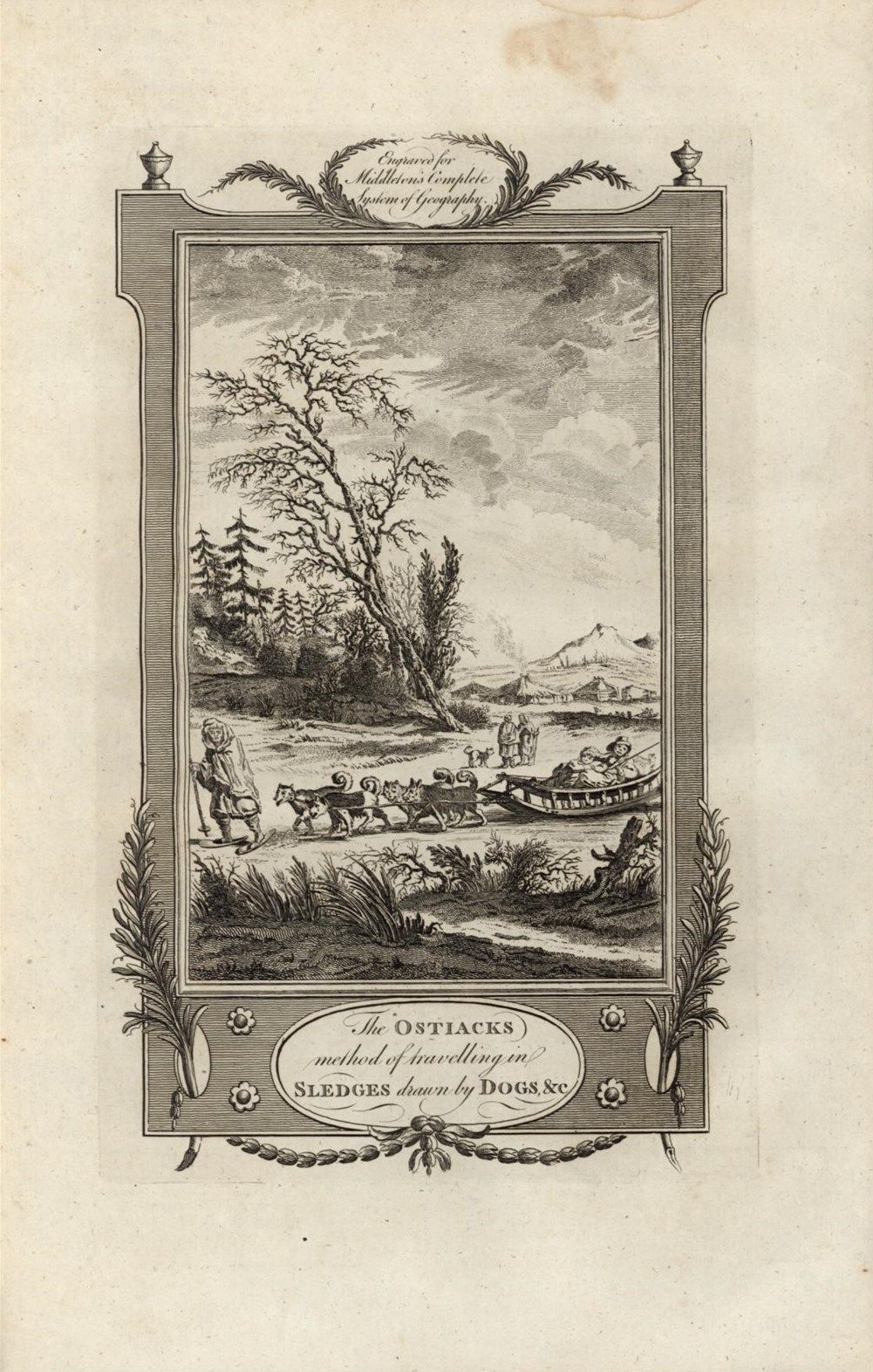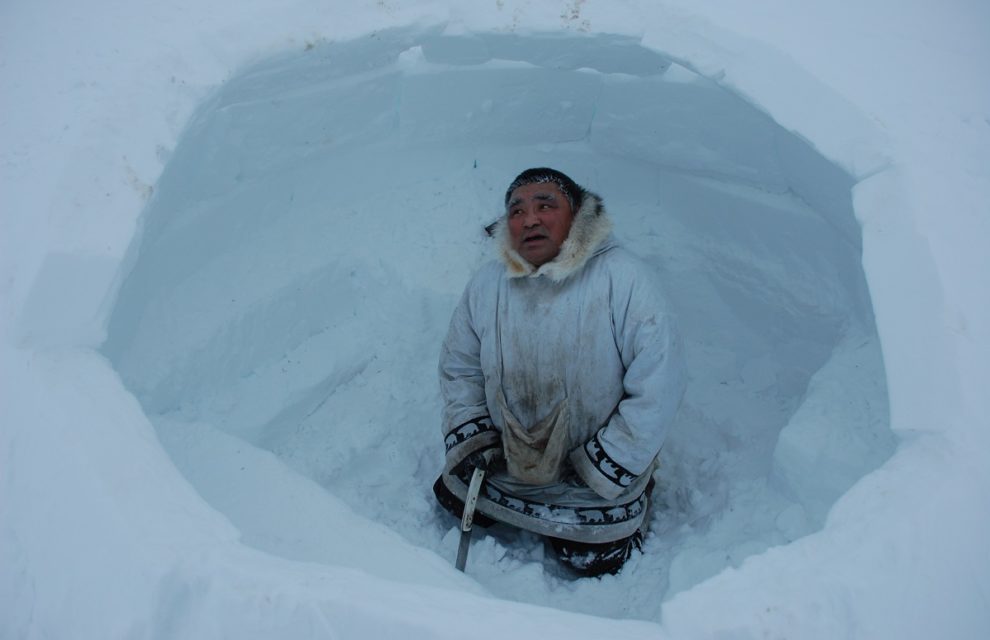In my feature film, The Blinding Sea, I explore the way Roald Amundsen came to prefer traditional Inuit knowledge to some aspects of scientific knowledge of his era.
He studied Inuit oral traditions in Arctic Canada, developing relationships with people like Teraiu, Talurnakto and the Owl. They in turn painstakingly provided him with hands-on demonstrations of dog-sledding, igloo-building, polar clothing and healthy eating. He learned from Inuit men and women alike.
The overarching value behind these Inuit oral traditions was working with Nature. For example, the Inuit snow construction of igloos (like the one Paul Ikuallaq builds for me at the top of this blog) is possible only because snow is seen as an advantage – a building-material providing insulation from extreme cold – and not an obstacle.
Amundsen was fascinated to learn oral traditions like this, which he set against written traditions from the scientific world. The prevailing modern European worldview involved working against Nature – the phenomena of the physical world were to be catalogued, described, analyzed, dominated, conquered, overcome, defeated.
The only way Amundsen could learn Inuit oral traditions (with hands-on demonstrations) was by living with Inuit in the Canadian Arctic. They taught him by example.
As a Norwegian, Amundsen also had access to thousands of years of polar knowledge. Scandinavian and Karelian petroglyphs showing humans on skis go back at least 5,500 years. So when he saw skiing as preferable to man-hauling on polar expeditions, he was applying ancient Scandinavian folk traditions, not picking something out of a book.

The way Amundsen embraced traditional Inuit knowledge can be considered “revolutionary” from the early 20th century European point of view. It meant acknowledging that European polar science of the time missed the mark in several respects, while Inuit oral traditions (with hands-on demonstrations) were extremely effective.

In 1962, Thomas S. Kuhn wrote The Structure of Scientific Revolutions. This work enables us to see that Amundsen actually learned a new polar paradigm, during his two years living with the Inuit of Gjoa Haven – a paradigm based on age-old oral traditions.
Kuhn writes: “Why should a change of paradigm be called a revolution? In the face of the vast and essential differences between political and scientific development, what parallelism can justify the metaphor that finds revolutions in both? One aspect of the parallelism must already be apparent. Political revolutions are inaugurated by a growing sense, often restricted to a segment of the political community, that existing institutions have ceased adequately to meet the problems posed by an environment that they have in part created. In much the same way, scientific revolutions are inaugurated by a growing sense, again often restricted to a narrow subdivision of the scientific community, that an existing paradigm has ceased to function adequately in the exploration of an aspect of nature to which that paradigm itself had previously led the way. In both political and scientific development the sense of malfunction that can lead to crisis is prerequisite to revolution.”

The history of polar exploration is full of people learning a new polar paradigm from aboriginal peoples. For example the American polar explorer Robert Peary claimed to be the first to combine the use of skis and sledge-dogs, and some people claimed afterwards that the Norwegian polar explorer Fridtjof Nansen was the first to do this. Actually, this combination already had a long history, and was practised by the Ostyak people, now more commonly known as the Khanty people, as the engraving below indicates. It is from Charles Theodore Middleton’s Complete System of Geography, published in 1778. The Khanty live in the Khanty–Mansi Autonomous Okrug, on the Western Siberian Plain.
Ostyak skis of the 18th century were quite different from what we have now, but they were skis nonetheless.

Where Peary borrowed from aboriginal traditional knowledge, then claimed to have innovated all on his own, Amundsen described his apprenticeship for publication, acknowledged all that the Inuit had taught him, and was grateful about it for the rest of his life.

